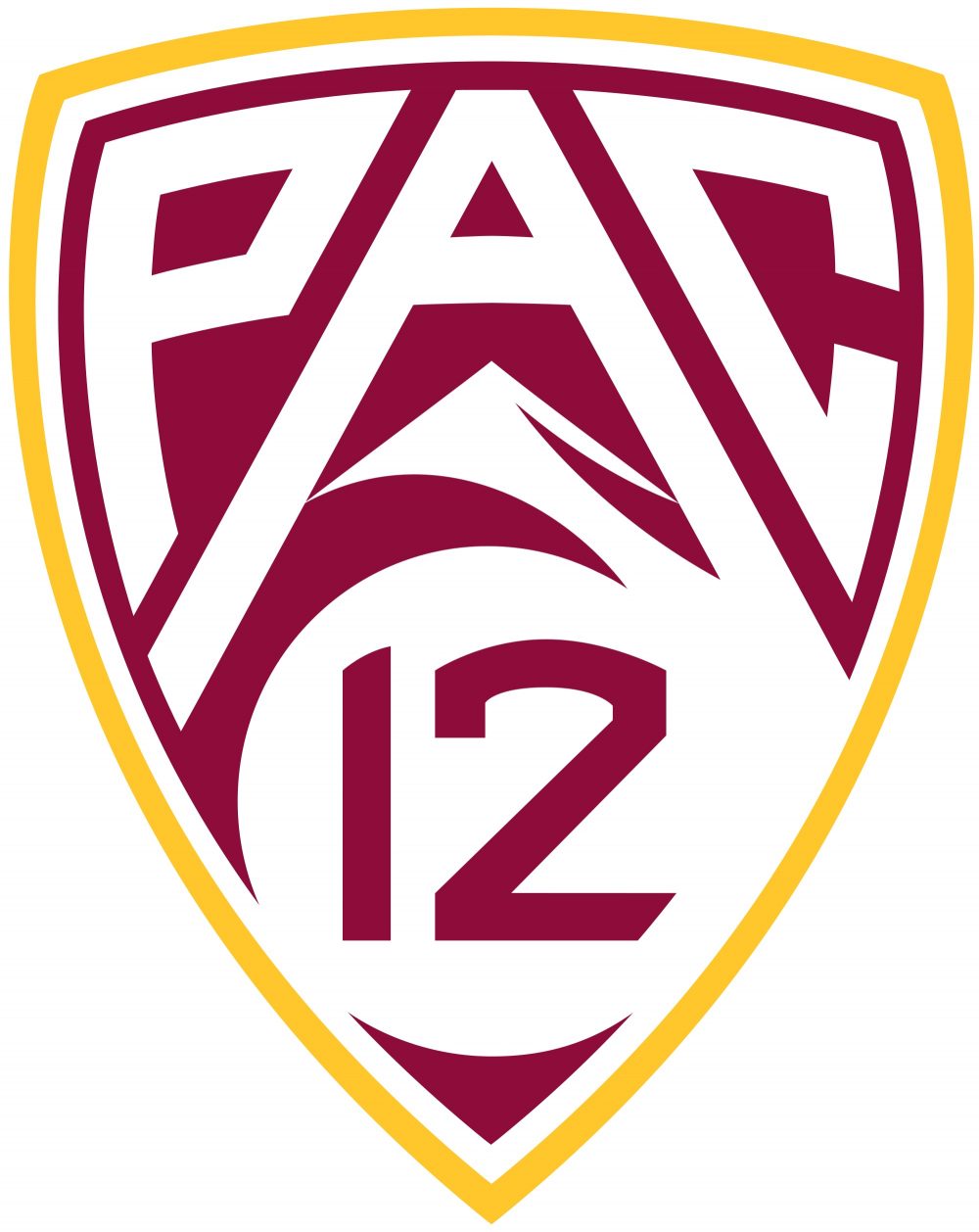By: Cameron Miller
When Arizona State let go of head football coach Todd Graham in the wake of a Territorial Cup victory over Arizona, it lost more than just its winningest coach since the mid-1980s. The Sun Devils are also out some serious cash – $12,300,000[1], to be exact. That’s the amount the school owes Graham for firing him without cause, commonly known as a “buyout” (a.k.a “liquidated damages”). Unlike many other college football coaches, however, Graham’s buyout provision does not include mitigation or offset language, meaning he can collect the full $12,300,000 without a concomitant duty to obtain comparable employment that would reduce the school’s payments. This lack of mitigation and offset language could potentially cost the school millions.
More importantly, though, Graham’s lucrative severance pay belies the amateur notion of college sports and reveals the age-old argument that schools simply “don’t have the money” to pay their athletes a market wage to be a hollow excuse.
Liquidated Damage Provisions in College Coaching Contracts
Despite their name, liquidated or stipulated damage provisions in coaching contracts actually function more like expectation damages, putting the coach at or near the financial position he would have been in had the contract been honored through its expiration.[2] The amount owed to coaches in the event of a termination without case is calculated in several different ways, including as a percentage of the guaranteed compensation left on the contract at the time of termination or some fixed amount determined by the parties that usually decreases over the life of the contract. A review of the publicly-available contracts for the coaches of teams in the top-25 of the College Football Playoff final rankings shows all contained some form of liquidated damages clause. For example:
- Georgia head coach Kirby Smart’s liquidated damages were valued at $13,500,000 if he was terminated in 2016 and are reduced each year, down to $2,350,125 if termination occurs in 2020.[3]
- Alabama head coach Nick Saban’s liquidated damages are lesser of a) all guaranteed salary owed to Saban in the 2 years following termination and b) all guaranteed salary owed to Saban through the end of the contract’s term.[4]
However, these damages are usually offset by a coach’s duty to obtain comparable employment, the proceeds of which are then subtracted from the institution’s payments to the coach. For instance, Oklahoma State head coach Mike Gundy’s contract requires the coach to “make reasonable and diligent efforts to obtain comparable employment (i.e., in the football industry)…as soon as reasonably possible after termination…After [Gundy] obtains such new employment, University’s financial obligations under this Contract…shall be reduced proportionally by any compensation received from such new employment during the term of this contract.”[5] So, if Gundy was owed $3,600,000 in the first year post-termination, and he subsequently obtained another coaching position paying him $3,000,000, Oklahoma State would be obligated to pay Gundy only $600,000; if Gundy’s new position paid him $4,000,000, Oklahoma State would owe the fired coach nothing.
Graham’s Contract
Section 16 of Todd Graham’s contract outlined the procedures should the coach be terminated without cause.[6] Nowhere in its six paragraphs does it state Graham’s duty to obtain other employment to mitigate ASU’s damages, 35 percent of which are to be paid at the “next regularly-scheduled payday” and the remainder to be paid every two weeks until the expiration of the contract (June 2021). That Graham’s contract did not include mitigation or offset language is, surprisingly, not unheard of amongst elite college football coaches. A review of the publicly-available contracts for the current CFP top-25 teams (16 total) showed half either made no mention of a coach’s duty to mitigate his liquidated damages or expressly disclaimed such a duty.
- The contracts of Mark Dantonio (Michigan State), Gus Malzahn (Auburn), Justin Fuente (Virginia Tech), Kirby Smart (Georgia), Dan Mullen (Mississippi State), Mike Norvell (Memphis), and Urban Meyer (Ohio State) make no mention of the coach’s duty to mitigate if fired.
- Washington head coach Chris Peterson’s contract expressly disclaims any duty to mitigate: “The amount of said liquidated damages shall not be reduced in the event of [Peterson’s] employment after termination of this Agreement….”[7]
Kevin Sumlin, rumored to be a candidate for the position Graham left open, also had no mitigation or offset clause in his contract, allowing him to walk away with $10,400,000.[8]
Awash in Cash Yet on the ‘Brink of Insolvency’
Though the hypocrisy of amateurism is evident in just about every facet of college athletics, the aforementioned buyouts are perhaps the starkest reminder of the myth of the “broke” athletic department. Historically, institutions have justified refusing to pay college athletes a market wage with cries of poverty (i.e., by claiming only a few of athletic departments actually turn a profit[9]). Not only do economists disagree with this assertion[10], even former NCAA Executive Director Walter Byers knows it’s just obfuscatory accounting. As he wrote in his memoir Unsportsmanlike Conduct: Exploiting College Athletes: “Do any major sports programs make money for their universities? Sure, but the trick is to overspend and feed the myth that even the industry plutocrats teeter on the brink of insolvency.”[11]
Here, institutions have overspent on coaching contracts because they’ve mutually agreed to hold down the wages of their players, which artificially increases the value of coaches who can recruit and retain the cheap labor. In more simplistic terms: Schools have decided not to directly compensate their athletes despite the ability to do so, and the money has to go somewhere. So, it gets funneled into coach and administrator contracts and facility projects.[12]
If there’s enough cash to give Graham a severance package worth 12.9 percent of ASU’s athletic department’s yearly revenues[13], there’s enough to pay players $5,000 per year for the use of their name, image, and likeness (as proposed in the O’Bannon case). Enough to provide them with lifetime scholarships and health care. Enough to give them a cash bonus upon graduation and use coaches’ bonus payments to fund it.[14]
Enough is enough. Pay the athletes.
[1] Doug Haller, ASU Coach Todd Graham Fired After Six Seasons, The Arizona Republic (November 26, 2017), https://www.azcentral.com/story/sports/ncaaf/asu/2017/11/26/asu-coach-todd-graham-fired-after-six-seasons/895157001/.
[2] Expectation damages, also known as benefit of the bargain damages, are the “basic remedy for breach of contract in the Anglo-American legal system” and involve “awarding monetary damages to the aggrieved party for the loss of benefits which that party would have received had the contract been properly performed.” See Claude D. Rohwer and Anthony M. Skrocki, Contracts in a Nutshell (2010) at 408.
[3] Full contract at: https://2michy3wy0l30d34041dt1et-wpengine.netdna-ssl.com/football/wp-content/uploads/coach-contracts/kirbysmart-ug-employment-contract.pdf (last accessed December 10, 2017).
[4] Full contract at: https://2michy3wy0l30d34041dt1et-wpengine.netdna-ssl.com/football/wp-content/uploads/coach-contracts/nicksaban-ua-employment-contract.pdf (last accessed December 10, 2017).
[5] Full contract at: https://bloximages.newyork1.vip.townnews.com/tulsaworld.com/content/tncms/assets/v3/editorial/2/10/2104e8a6-d905-514e-b4a7-e2db7f20011e/5947effdde0a1.pdf.pdf (last accessed December 10, 2017).
[6] Full contract at: https://2michy3wy0l30d34041dt1et-wpengine.netdna-ssl.com/football/wp-content/uploads/coach-contracts/toddgraham-arizonasu-employment-contact.pdf (last accessed December 10, 2017).
[7] Full contract at: https://2michy3wy0l30d34041dt1et-wpengine.netdna-ssl.com/football/wp-content/uploads/coach-contracts/chrispetersen-uw-employment-contract.pdf (last accessed December 10, 2017).
[8] Sam Khan, Jr., Sources: Texas A&M to offer Florida State’s Jimbo Fisher lucrative deal, ESPN.com (November 26, 2017), http://www.espn.com/college-football/story/_/id/21574091/texas-aggies-fire-coach-kevin-sumlin-six-seasons.
[9] Jason McIntyre, Women’s College Basketball Loses $14 Million a Year, Says Mark Emmert, USA Today Sports (April 20, 2016), http://thebiglead.com/2016/04/20/womens-college-basketball-loses-14-million-a-year-says-mark-emmert/.
[10] Andy Schwarz, The “Only 14 Schools Make Money” Excuse, Sportsgeekonimics (July 21, 2011), http://sportsgeekonomics.tumblr.com/post/7905437829/the-only-14-schools-make-money-excuse.
[11] Walter Byers, Unsportsmanlike Conduct: Exploiting College Athletes (1995), 224.
[12] See Andrew Zimbalist, Paying College Athletes: Take Two, The Huffington Post (May 28, 2015), https://www.huffingtonpost.com/andrew-zimbalist/paying-college-athletes-take-two_b_6961314.html (“…operating surpluses, where they exist, eventually are transferred to support non-revenue sports in the department, to bloat artificially-inflated salaries for coaches and administrators, and to finance extravagant expenditures on stadiums, arenas, training facilities, recruiting, and team travel.”).
[13] Steve Berkowitz, 2015-16 NCAA Finances, USA Today Sports, http://sports.usatoday.com/ncaa/finances/.
[14] See Cameron Miller, How to Pay ASU Athletes, The State Press (November 3, 2016), http://www.statepress.com/article/2016/11/spsports-paying-asu-athletes-ncaa-column.





